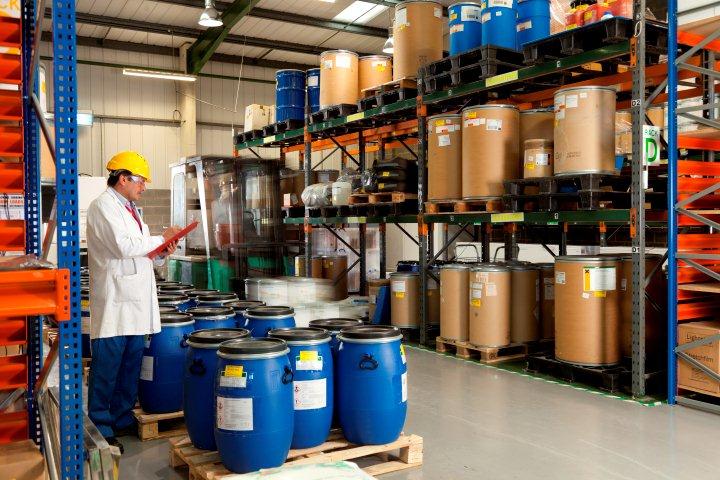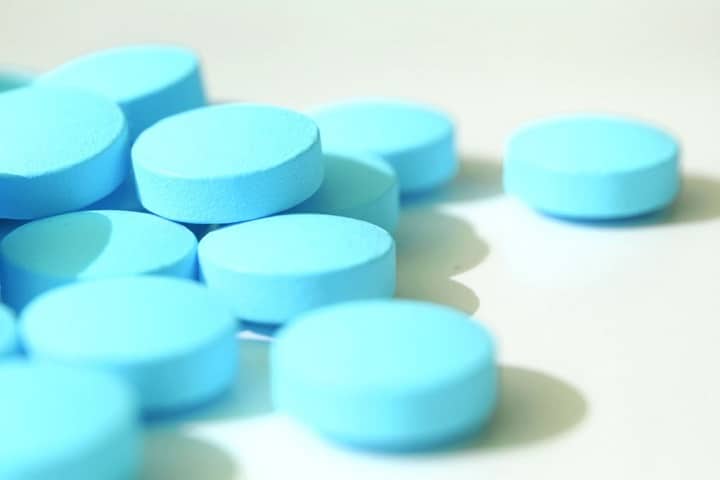Is blockchain the new supply chain, as some are claiming?
Certainly, there’s a good deal of hype around the technology. Touted as everything from the future of banking to farming, it’s easy to be cynical, particularly since the rhetoric to date has far outrun the practical applications of the technology that we’ve actually seen, beyond bitcoin.
But blockchain does seem an extremely good fit for modern, complex, widely distributed supply chains. The technology provides a method for securely recording, storing, and verifying transactions. Crucially, though, it uses a distributed ledger (a database) – with the records of data and transactions stored across a network of computers rather than centralized, with the database accessible for users to review, without being able to alter or delete records.
It’s “a way for one internet user to transfer a unique piece of digital property to another internet user, such that the transfer is guaranteed to be safe and secure, everyone knows that the transfer has taken place, and nobody can challenge the legitimacy of the transfer”, as American entrepreneur Marc Andreessen has put it.
Another way to look at it is that blockchain “democratises” access and therefore validation of records. In the supply chain for instance, it could bring transparency so consumers could see in one place a record of every time a product changed hands. As this article puts it: “Before blockchain, much of this vetting responsibility was delegated to the retailer. Now, the policing power has been placed into the hands of the person that matters most: the buyer.”
Blockchain in pharma
That’s perhaps not a concept that sounds like it might sit so safely in the pharmaceutical supply chain, but blockchain pharma, as well as blockchain healthcare more generally, could soon be a reality. The key characteristics of the blockchain – transparency, security and reliability – have obvious benefits. In fact, some argue that healthcare could be the biggest adopter of the technology after financial services.
In the pharma supply chain, the technology could be particularly powerful in tackling counterfeiting. The generally recognised protection method is serialisation, which is in the process of being mandated by regulators. In the US, for example, the Drug Supply Chain Security Act in 2013 gives the industry until 2023 to implement unit-level track-and-trace systems for products across the supply chain. That simplistically involves unique identification and tracking of product at an individual unit level, with electronic verification of that pack finally going into the hands of the patient at point of service.
In the UK, meanwhile, the challenge of tracking the journey of individual product packs through the end of the supply chain is being addressed by innovations in labelling technology. For instance, the ReMediES project - which we are proud partners in - is a collaboration between industry and funded research and one of its applications includes developing smart technology to track the quality of a pack throughout its lifetime.
Blockchain, though, could bring more granularity and transparency to the process, and help businesses meet increasing regulatory requirements.
Whether blockchain will prove the answer to counterfeiting in the supply chain remains to be seen, what is clear is the desire for transparency. And, with each technology development, expectations on the industry in that respect are only going to grow.

